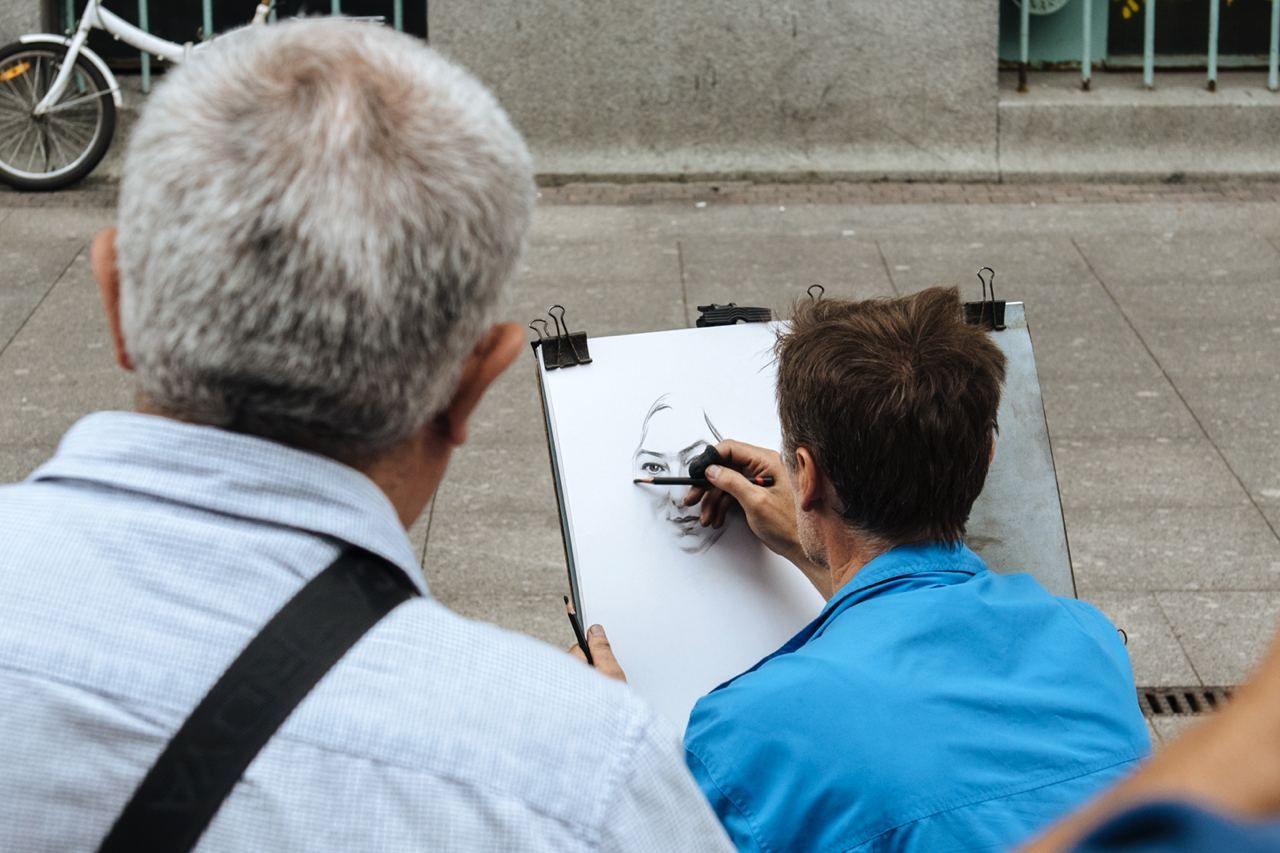Female Reproductive Organs - Structure of the Reproductive System
Psychiatrist, sexologist, psychotherapist
-
Published:24 July 2023
-
Updated:29 January 2025

The female genital system is more complex than the male, which is due to the critical role a woman plays in nature - carrying and giving birth to a child.
Types of Female Reproductive Organs
The female genital organs are divided into:
- External: pubis, labia major and minor, clitoris, vaginal entrance and hymen.
- Internal: vagina, uterus, and uterine appendages (tubes and ovaries).
The external genital organs are densely covered with nerve endings that play an essential role in a woman's sexual life. The internal reproductive organs are located in the small pelvis, and their primary function is to create a favorable environment for the maturation, fertilization, and development of the egg.
External Female Reproductive Organs
- The labia majora are two folds of skin in the perineum that are parallel and covered with hair. This organ protects the internal reproductive organs from the penetration of foreign bodies and unwanted microorganisms. In the lower part of the labia majora, there are Bartholin's glands, the secret of which is a lubricant for the vaginal mucosa.
- The labia minora are closed by the labia majora, have no hair, and cover the entrance to the vagina.
- The clitoris is the junction point of the labia minora and contains many nerve endings that affect arousal.
- The hymen is the thin film at the entrance to the vagina.
- The vagina is a tube of about 8 cm. During sexual intercourse, it "receives" the male penis, which is part of the birth canal and a barrier to germs and bacteria.
Internal Anatomy of a Woman's Reproductive Tract
- The ovaries are a pair of sex glands on the sides of the uterus that produce hormones and create the environment for egg maturation.
- The fallopian tubes connect the uterus to the peritoneal cavity. It is where the sperm and egg meet, and after the formation of the zygote, the fertilized egg travels through the fallopian tubes to the uterus.
- The uterus is the central organ, visually resembling a pear or inverted triangle. The uterine body is two-thirds long and weighs 50-100 grams before pregnancy; one-third is the cervix.
The Role of the Female Reproductive System
The interaction of several genital organs and hormonal regulation provide the primary function of the female body - reproduction. As we age, the condition of the organs of the female genital system changes, and the ability to reproduce disappears.
Sources
Physiology, Female Reproduction (https://www.ncbi.nlm.nih.gov/books/NBK537132/). Last Update: March 20, 2024. Accessed 26 Jan 2025.
Anatomy, Abdomen and Pelvis: Female External Genitalia (https://ncbi.nlm.nih.gov/books/NBK547703/). Last Update: July 25, 2023. Accessed 26 Jan 2025.
Link copied!







.svg)
.svg)
